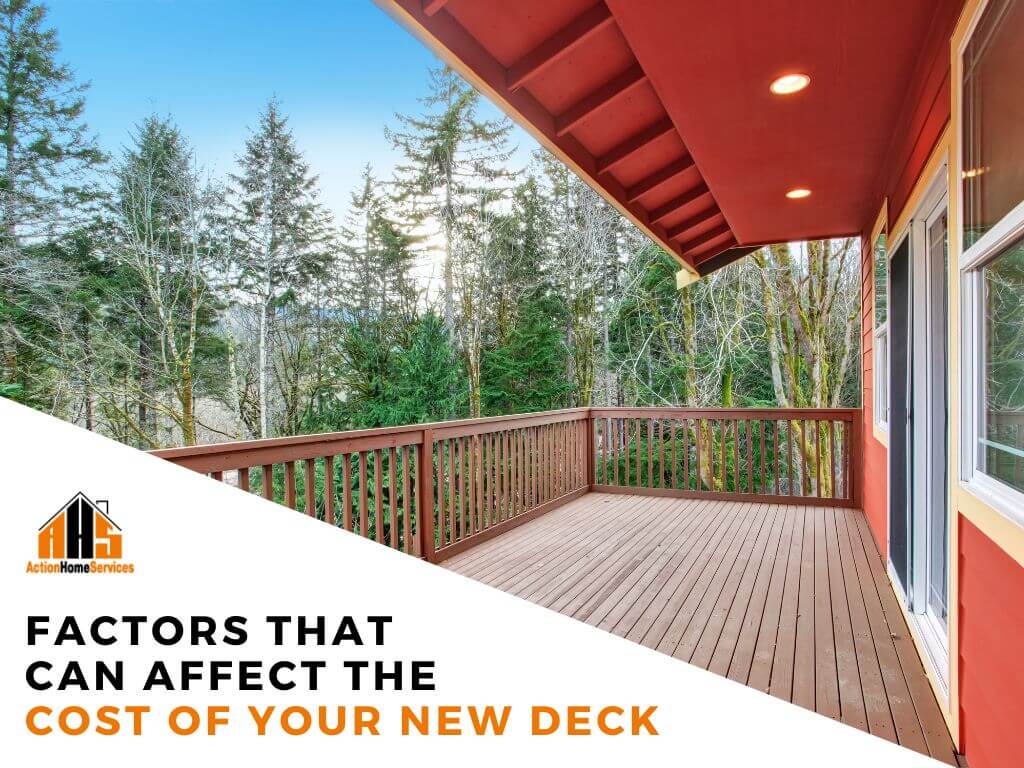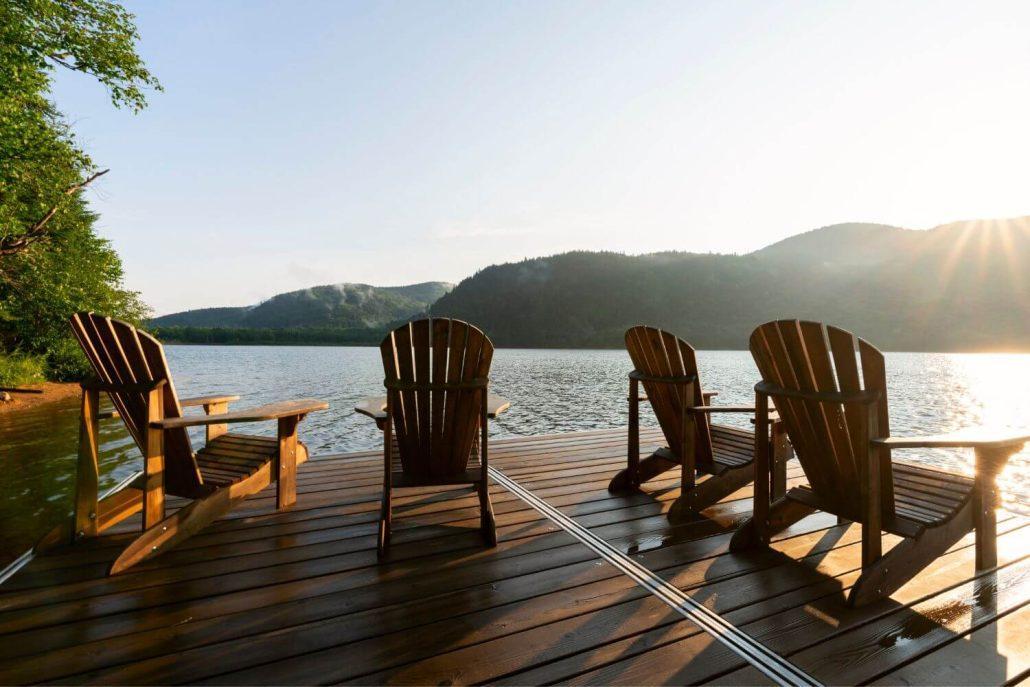
Building a new deck at your residence is a wonderful addition to any outdoor space, offering versatile opportunities for entertainment, dining, relaxation, and enhancing the overall appeal of your home. However, the cost of building a deck can vary due to several factors that influence pricing. Understanding these factors is crucial to making informed decisions and ensuring the successful realization of your deck project.
1. Size Matters
The size of your deck plays an important role in determining the overall cost. The recommendation often emphasizes aligning the deck size with standard lumber lengths available in stores. In Canada, lumber is sold in lengths of 8-16 feet, deviating from these standard sizes might lead to additional costs due to increased labour and material wastage. Opting for full-size pieces helps optimize cost-efficiency and minimizes waste.
2. Location Considerations
Where your deck is situated, whether it be ground level, attached to the house, or elevated, impacts the construction cost. Decks attached to the house or constructed at a ground level generally incur fewer expenses compared to elevated decks.
However, it's essential to note that ground clearance between the deck and the door seal can affect structural choices. Should the clearance fall below the recommended threshold - ideally a minimum of 12 inches - it can trigger a need for larger lumber or, in some instances, necessitate additional excavation. This adjustment impacts the overall material and labour costs associated with the project.

3. Height & Attachment
Decks situated on higher floors, such as second or third levels, might necessitate increased labour and specialized equipment, such as scaffolding. Sometimes, standard scaffolding and ladders might not suffice, necessitating the use of custom-made scaffolding designed specifically for greater heights.
When the deck is attached to the house it can potentially require fewer concrete footings, utilizing the house as a structural support system on one side. This reduces the need for extensive foundational work and minimizes material costs. In contrast, standalone decks require additional footings and structural enhancements to ensure stability and support, potentially escalating both material and labour expenses.
4. Skirting & Usability
Including skirting along the perimeter of the deck not only enhances its visual appeal but also extends its functionality. One significant advantage of skirting lies in the potential creation of additional storage space underneath the deck, effectively utilizing the area below for storing outdoor equipment, furniture, or other items. However, it's essential to note that while skirting enhances the deck's usability and aesthetic value, its incorporation can influence the overall construction costs due to the materials, labour, and details involved in this enhancement.

5. Proximity To Water
Decks constructed near a body of water or used as launching docks may incur higher costs. In these situations, you might require alternatives to traditional structural components, such as concrete footings. These decks often necessitate the use of helical piles instead, which can significantly impact the overall budget.
6. Material Selection
The choice of decking material can significantly impact the overall cost of your new deck. Common options like pressure-treated wood, composite, cedar, and IPE (Brazilian lumber) vary in terms of initial cost and maintenance needs. Composite materials are gaining popularity due to their lower maintenance requirements compared to other wood options. While IPE offers a unique aesthetic, similar to hardwood floors, with reduced maintenance compared to other lumbers. Check out our blog "What Is The Best Type Of Wood For Your New Deck?" for more information!

The cost of building a deck is a culmination of various factors, from the deck's size and location to the materials used and unique circumstances such as proximity to water. Understanding these elements enables homeowners to make informed decisions, balancing their preferences with budgetary considerations.


